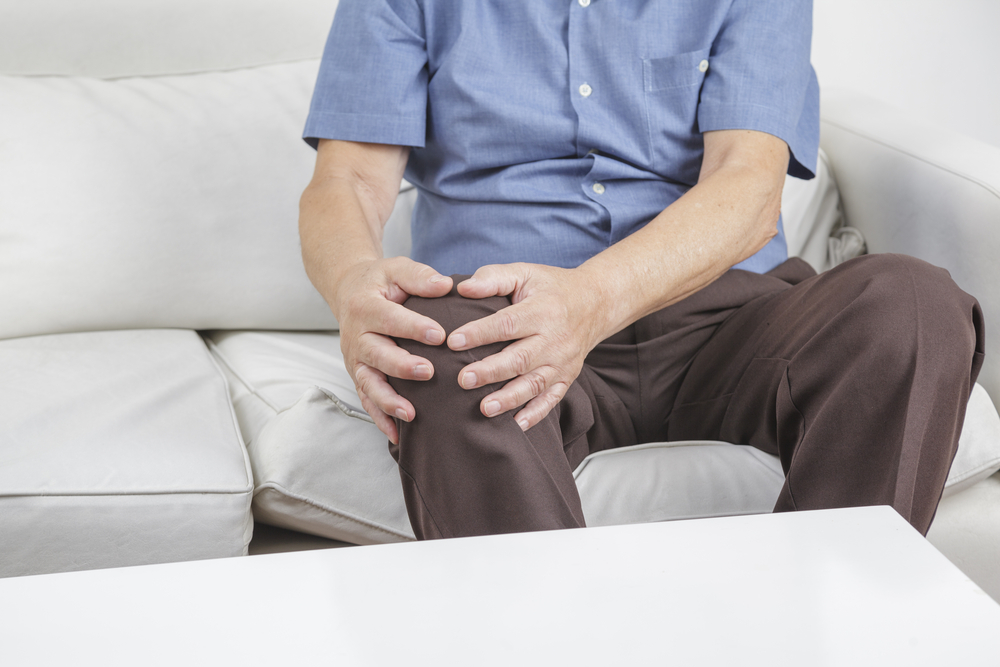DIAGNOSIS
Diagnosing post-polio syndrome might be challenging because there are no specific tests for it and its symptoms may resemble other diseases. Your doctor may suspect a post-polio syndrome based on your medical history and symptoms. He or she might perform several tests to rule out other diseases that may be causing the symptoms.
Some of the helpful tests in diagnosing are:
- Electromyography (EMG) Tests. This test measures the electrical activity in the muscles and nerves. It may help in determining whether polio has damaged your nerves and muscles.
- Neurological Exam. This can identify muscle weakness and atrophy.
- Imaging Tests (MRI’s or CT Scans). This will show the status of your bones and muscles.
TREATMENT
Treatment for post-polio syndrome may require a multi-disciplinary rehabilitation approach such as:
- Physical Therapy. It helps to strengthen the muscle and improve balance and endurance.
- Occupational Therapy. It can address upper extremity problems, especially overuse injuries, as well as recommend adaptive equipment at home and/or office.
- Speech Therapy. It can provide exercises to help the person in his or her difficulties in swallowing and speech problems.
- Sleep Apnea Treatment. This includes changing sleeping patterns and positions or use of devices for a better sleep.
- Psychological Approach. Psychologists or counselors can help the person adjust to the changes brought by the Physical therapy or Occupational therapy treatment. Support groups may also help in the psychological aspect of the person during his or her treatment.
Medications such as pain relievers are used to treat muscle and joint pain.
PREVENTION
The only way to prevent post-polio syndrome to people who never had polio is to prevent it through vaccination. On the other hand, there is no good way to prevent post-polio syndrome to those who already have an initial infection. However, physicians suggests that polio survivors must have a proper amount of sleep, diet and exercise. They must also avoid unhealthy habits such as smoking.


